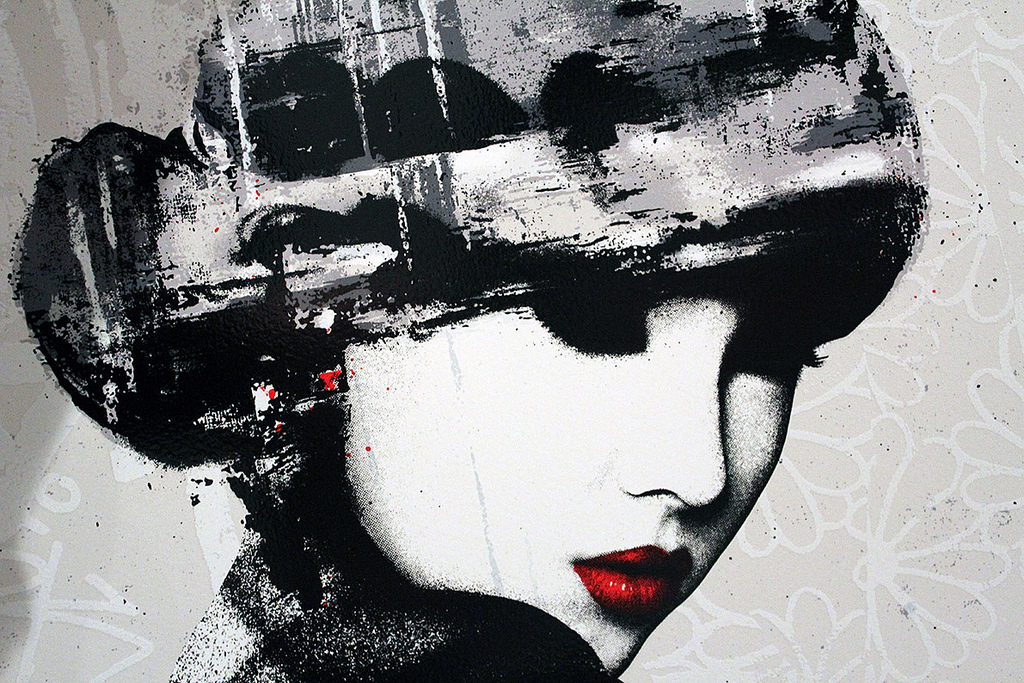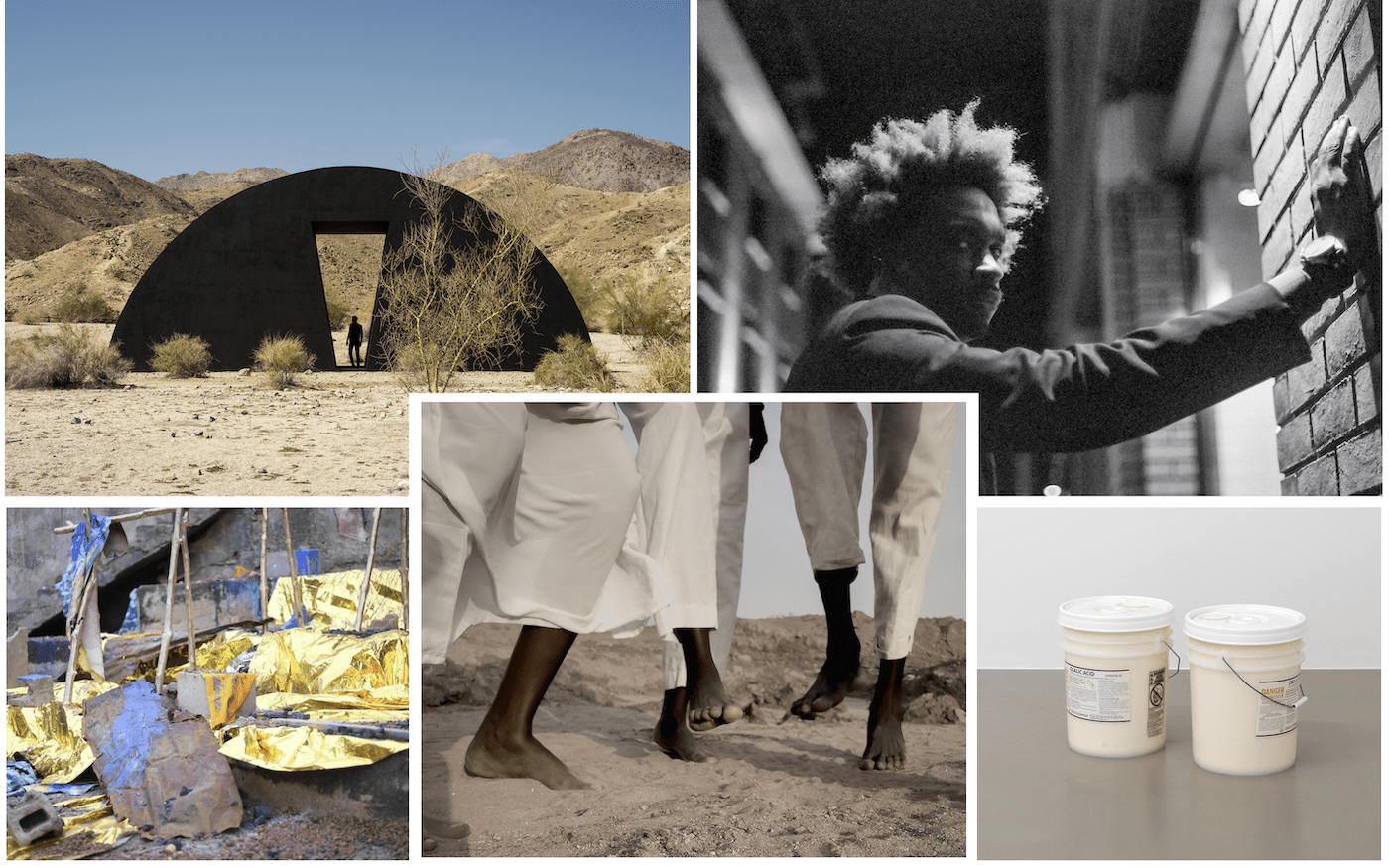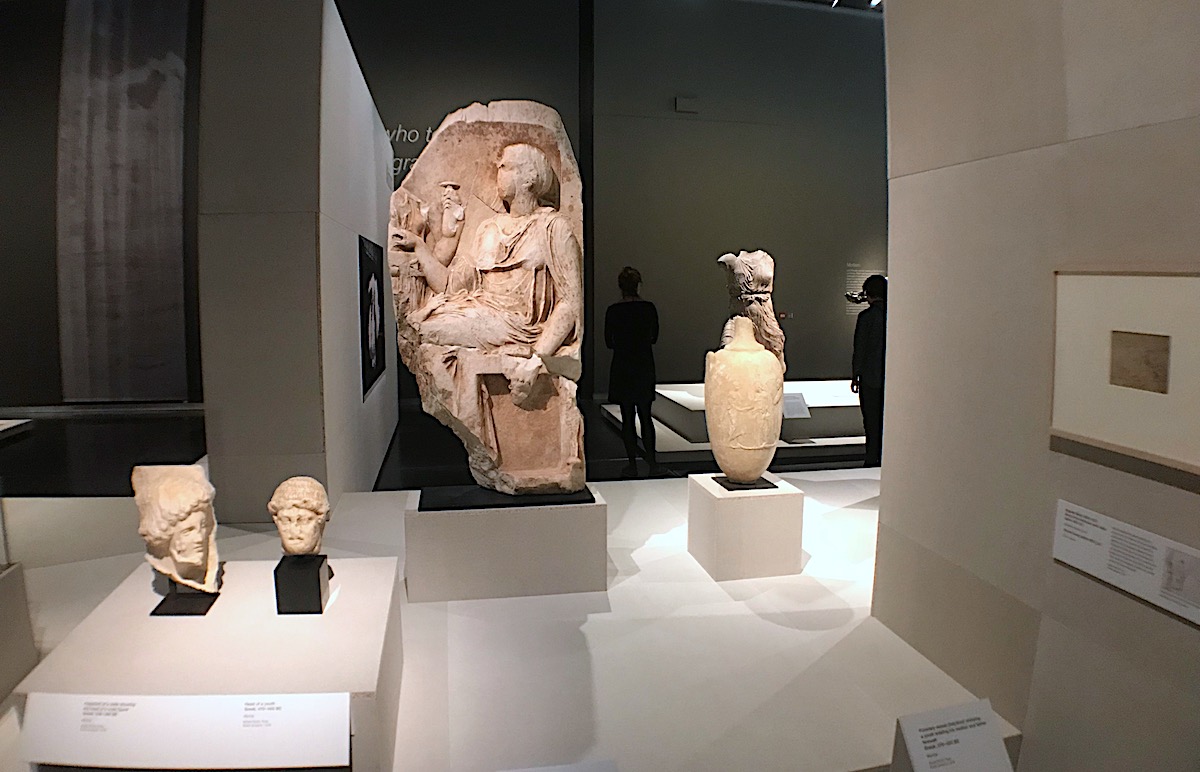Rotation (Moiré, Rome)
2012 - Photography (Photography)
115 x 156 cm
Asier Mendizabal
Rotation presents the image of a crowd, a re-appropriation of 19th or beginning of 20th century photographs published in newspapers and magazines. This artwork is composed of the same image repeated four times with different resolutions. The last image in Rotation is less focused than the original one. These pictures are low-angle shots, in a way that the subject is seen as part of a group rather than as an isolated person. This work denies the individual subject but also highlights the symbolic force of the masses. The representation of crowds is a good means to highlight the way ideology creates forms. The photographic montage strategy – which is a process introduced by modernity – reveals an aspect of accumulation as well as fragmentation and destruction. Going from the top right to the bottom right, the image fades into becoming almost illegible and only the outline of the impression remains; as if identity whether it is national, political or ethnic was too difficult or impossible to represent. This is a reference to popular culture and a reflection on collective gestures, the survival of rituals and the creation of a social landscape.
Asier Mendizabal explores political subjects and their symbols. His work is based on a formalist approach using abstract forms which recall Russian constructivism in painting, in sculpture as well as in cinema. He rethinks the relations between abstraction and the representation of politics. He was born in 1973 in the Basque Country and he uses the history of Basque politics as a background for his work.
Colors:
Related works sharing similar palette

© » TATE EXHIBITIONS
American Artist
Vija Celmins | Hatton Gallery See the work of Latvian-American artist Vija Celmins at the Hatton Gallery, Newcastle ARTIST ROOMS Vija Celmins takes an in-depth look at the artist’s works on paper...

© » KADIST
Pedro Reyes
2005In Reyes’s words, “We should be able to extract the technological nutrients before we excrete our waste...

© » ARTREPORT
British Street Artist Hush Makes His Curatorial Debut At NY’s Vandal – Art Report News ARTISTS Artist Highlights Artist Interviews Studio Visit VIDEOS ART+ Community Listicles No Result View All Result News ARTISTS Artist Highlights Artist Interviews Studio Visit VIDEOS ART+ Community Listicles No Result View All Result No Result View All Result British Street Artist Hush Makes His Curatorial Debut At NY’s Vandal by December Projects Jan 22, 2016 in Artist Interviews 0 Installation Close Up, Hush...

© » KADIST
Noé Martínez
2019As he investigates the forms that slavery took through different events that occurred during the sixteenth century in the Huasteca region of Mexico, Noé Martínez tells, in a non-linear narrative, the history of human trafficking in Relación de tráfico de personas 1525-1533 I (Study of Trafficking of Persons 1525–1533 I) ...

© » KADIST
Pratchaya Phinthong
2022Pratchaya Phinthong’s work has explored the mineral and karmic economies of Laos, a country that shares language, beliefs, and a long border with his own native region of Isaan (Northeast Thailand)...

© » KADIST
Jean-Marie Straub and Danièle Huillet
1982En rachâchant is based on the short story Ah! Ernesto! (1971) by Marguerite Duras in which the child Ernesto does not want to go to school anymore as all that he is taught are things he does not know...

© » KADIST
Barry McGee
Barry McGee’s Untitled is a collection of roughly fifty, framed photographs, paintings, and text pieces clustered together in corner...

© » CONTEMPORARYAND
C& Magazine’s Highlights of 2023 You Might Want to Read Again | Contemporary And search for something search C& AMÉRICA LATINA EN FR MEMBERSHIP EN FR Editorial All Editorial Features Installation Views Inside the Library Interviews News Opinions Events All Events Art Fairs Conferences Exhibitions Festivals Performances Screenings Talks / Workshops C& Projects C& Artists’ Editions C& Commissions C& Center of Unfinished Business Show me your shelves! C& Education Mentoring Program Critical Writing Workshops Lectures / Seminars Membership Opportunities Print C& Audio Archive On Tour Places Explore IN CONVERSATION INSTALLATION VIEW WE GOT ISSUES DETOX LABORATORY OF SOLIDARITY CONSCIOUS CODES CURRICULUM OF CONNECTIONS LOVE ACTUALLY OVER THE RADAR BLACK CULTURES MATTER INSIDE THE LIBRARY LOOKING BACK Follow About Contact Newsletter Advertise Imprint Data protection Membership Contemporary And (C&) is funded by: Editorial All Editorial Features Installation Views Inside the Library Interviews News Opinions Events All Events Art Fairs Conferences Exhibitions Festivals Performances Screenings Talks / Workshops C& Projects C& Artists’ Editions C& Commissions C& Center of Unfinished Business Show me your shelves! C& Education Mentoring Program Critical Writing Workshops Lectures / Seminars Membership Opportunities Print C& Audio Archive On Tour Places Explore IN CONVERSATION INSTALLATION VIEW WE GOT ISSUES DETOX LABORATORY OF SOLIDARITY CONSCIOUS CODES CURRICULUM OF CONNECTIONS LOVE ACTUALLY OVER THE RADAR BLACK CULTURES MATTER INSIDE THE LIBRARY LOOKING BACK GO TO C& AMÉRICA LATINA About Contact Newsletter Advertise Imprint Data protection Membership Best of 2023 C& Magazine’s Highlights of 2023 You Might Want to Read Again From climate colonialism to new perspectives from queer artists in Mozambique, these are some of our most-read articles this year...












